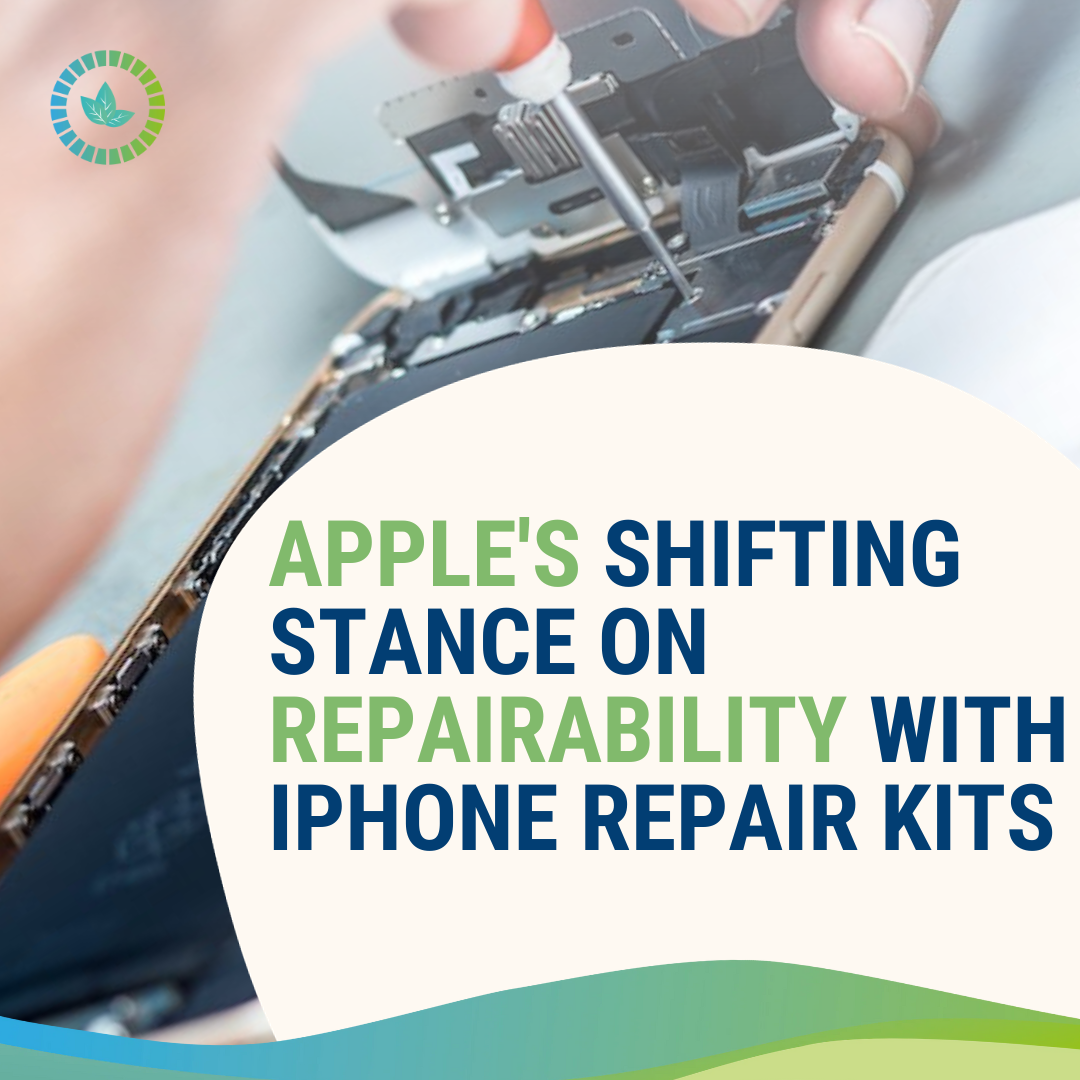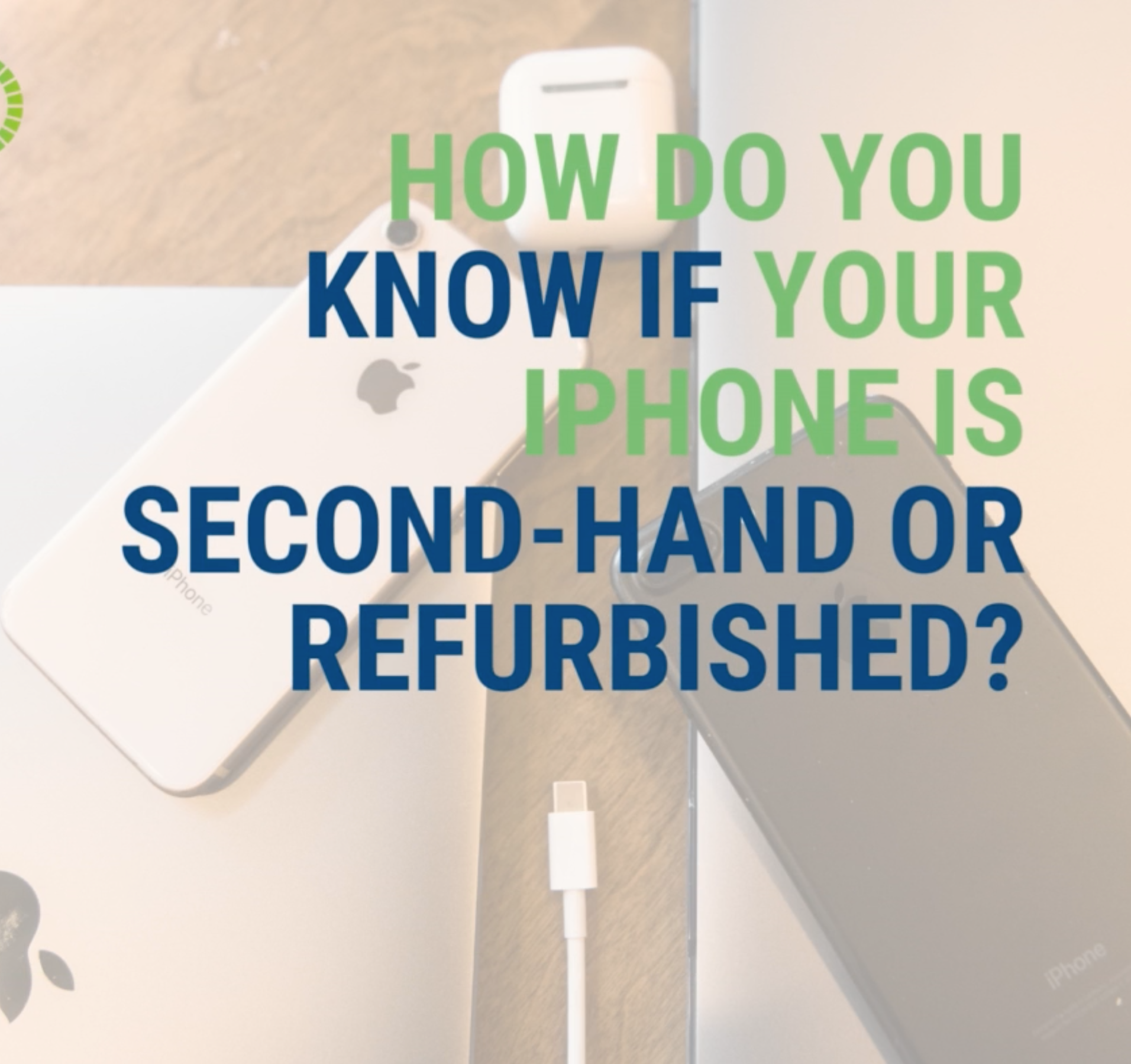In an era where technological advancements are rapidly evolving, the very devices designed to make our lives more convenient are increasingly becoming enigmatic puzzles impossible to crack open. This is especially true for Apple's line of iPhones, where repairability has become a significant point of contention. Apple's design choices and policies have drawn heavy criticism, making it progressively arduous for users and third-party repair shops to fix their devices.
Apple's approach to product design has long been lauded for its sleek, user-friendly interfaces and innovative technology. However, it's also notorious for employing strategies that restrict repair accessibility. The company's drive towards thinner, more streamlined designs has resulted in devices that are incredibly intricate and challenging to disassemble without causing damage. This has significantly impeded the ability of users or independent repair shops to undertake simple fixes, such as battery replacements or screen repairs.
One of the primary obstacles is the labyrinthine design of the devices. Apple's use of proprietary screws, adhesives, and intricate internal structures, coupled with components being soldered together, has effectively discouraged or made it nearly unfeasible for anyone but Apple or their authorized service providers to conduct repairs. The absence of easily replaceable parts, coupled with the lack of access to repair manuals or diagnostic tools, presents a significant roadblock for users seeking to fix their devices independently.
Moreover, Apple's software policies exacerbate this issue. The company's stringent control over software integration can render a device inoperable after even a minor repair or replacement performed by a non-authorized party. This strategy, often termed "Right to Repair," has drawn widespread criticism, as it seemingly coerces users into exclusively seeking Apple's repair services, which tend to be more expensive than third-party options.
The environmental impact is another crucial aspect. The "throwaway culture" encouraged by restricted repairability means a higher accumulation of electronic waste. Devices that could potentially be salvaged or repaired are discarded, contributing to environmental degradation.
The backlash against Apple's repair policies has sparked a movement advocating for "Right to Repair" legislation. These initiatives aim to make it obligatory for companies to provide necessary resources, such as repair manuals and parts, allowing consumers the choice to repair devices themselves or seek assistance from independent repair shops without fear of voiding warranties.
Apple, however, argues that their approach is centered on user safety, device integrity, and data protection. They contend that the complex technology integrated into their devices demands a level of expertise and precision that third-party repair services might lack. Nevertheless, critics argue that this stance primarily serves to solidify Apple's control over the market and perpetuate a cycle of device upgrades rather than repairs.
In conclusion, the barriers to repairing Apple devices are manifold, ranging from complex design structures to restrictive software policies. After long disputing the principle of the right to individual repair, Apple sprang a surprise when, in late 2021, it declared its intention to make repair kits available for iPhones. This programme was launched in spring 2022 in the United States, followed by an opening at the end of 2022 in Europe.




Leave a comment
This site is protected by hCaptcha and the hCaptcha Privacy Policy and Terms of Service apply.